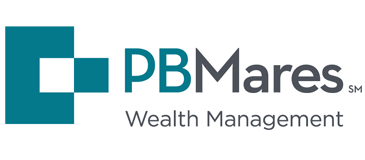Planning for retirement involves many important financial decisions like how to transition from living off your paycheck to living off your nest egg. If your pension is a part of that decision, whether lump sum, straight life, etc., then planning can become even more complicated.
Once you retire, your pension plan will generally provide you at least two options: a steady stream of income or a lump-sum payment. Some plans provide other options, like straight life, period certain, joint-survivor, and pop-up provisions.
How can you make sense of it all?
Which option is best for you?
The answers involve carefully balancing a variety of considerations. For example:
• Your personal goals, financial needs, and comfort with investment risk
• Tax consequences of various decisions
• Your family longevity history
• The current health status of you and your spouse
• Your level of concern for the retirement security of your beneficiaries
• The likelihood of creditor claims
• By choosing a lump-sum payout, the responsibility of managing your money shifts from your
employer to you. And you increase the risk of outliving your money and making mistakes with
investment decisions.
• With a fixed annuity, you can depend on fixed income on a regular basis. However, that income
can be impacted by inflation or the financial health of the annuity provider.
What makes the process even more challenging? You only get one chance to make this irreversible
decision.
Lump Sum vs. Lifetime Income — Things to Consider
A question clients consistently ask is: Should I take my pension as a lump sum?
So that clients arrive at the best answer for their unique retirement situation, we’ve developed an easy-to-use system that helps:
• Minimize confusion, taxation, and risk
• Maximize the value that you ultimately receive
Be Sure to Make the Right Choice for You and Your Family
Your Human Resource function may provide some level of financial guidance when making this decision. Unfortunately, that guidance is not usually individualized for your unique situation, and any automated tools you find are typically elementary and generic in nature.
At PBMares, we’ve helped clients in various industries — including sectors like government and education — to make these types of decisions.
We’ve built a system that takes into account the various complexities about pension payouts — and the people relying on them — to provide a highly strategic recommendation.
Tax Considerations
Your pension is just one part of your retirement income plan. To make the right decisions, it’s critical to consider the big picture, which means understanding tax implications.
Other factors — like social security, passive income streams, and required minimum distributions — can bump you into a higher tax bracket. This, in turn, can impact which pension distribution method is best for your unique situation.
It’s also important to consider how your pension income will interact with other forms of retirement income like Social Security, retirement plan distributions, and income from other investments. Each kind of investment carries its own tax and investment implications.
Learn More
Let’s have a conversation. We’ll discuss your current financial picture, your goals for retirement, and your pension. If you like what you hear, we can keep talking and discuss tax implications and develop a comprehensive financial strategy for you.
Take the next step toward a secure retirement today. If you have any questions related to your specific situation, contact us.
About the Author:





